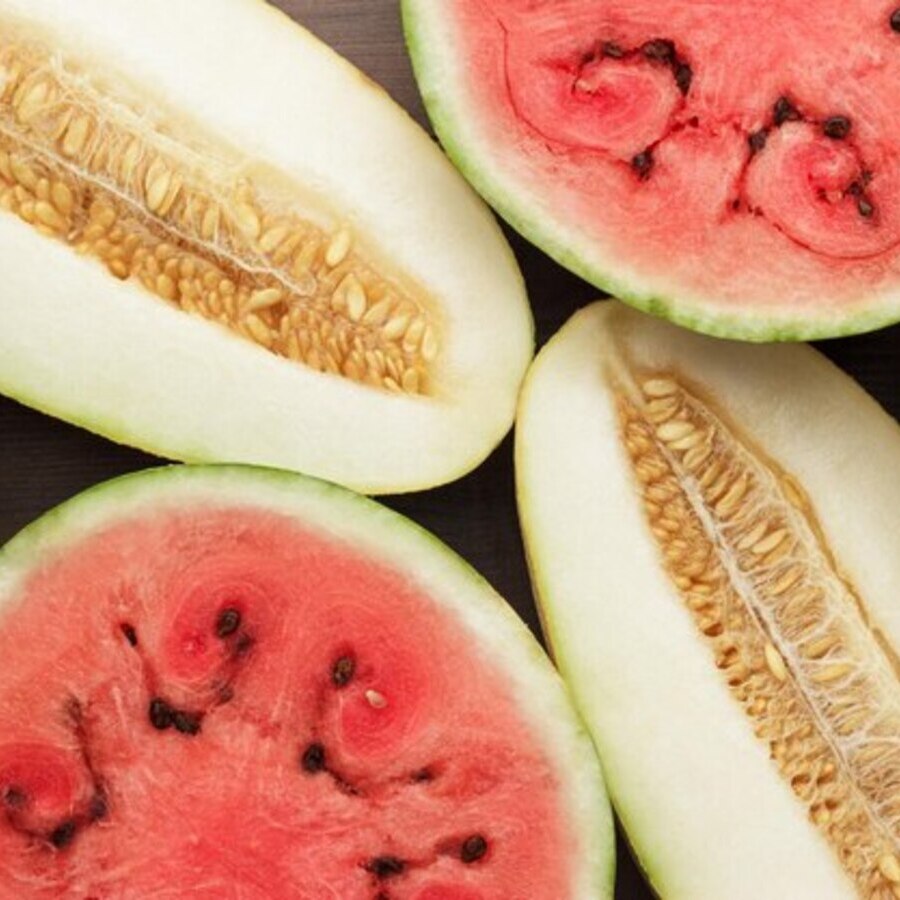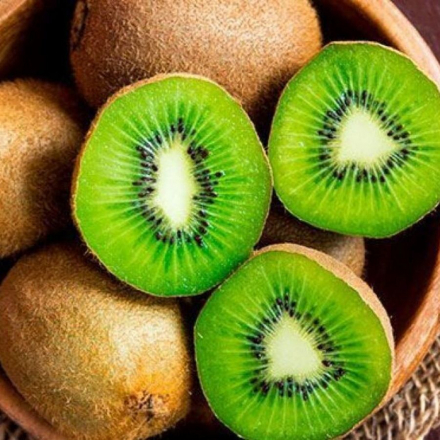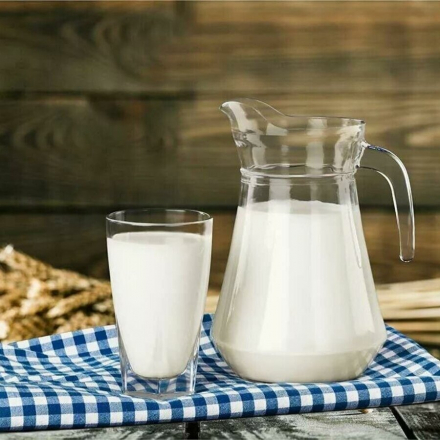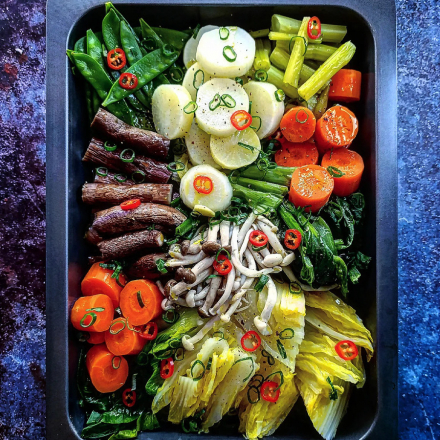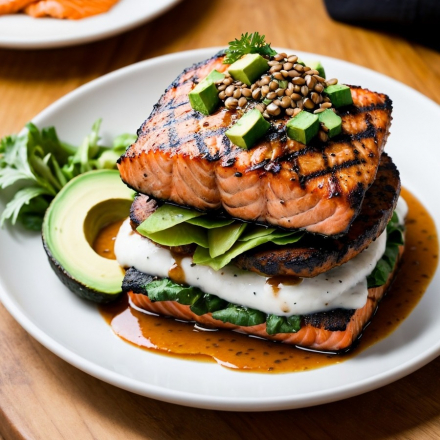Watermelon or Melon: What to Enjoy in Summer Without Feeling Guilty
Summer is in full swing, the sun is blazing, and the fridge is full of juicy fruits. And the eternal question arises: which is healthier and less caloric — watermelon or melon? We’ve figured it out and are ready to share all the secrets of these summer treats.
Summer is in full swing, the sun is blazing, and the fridge is full of juicy fruits. And the eternal question arises: which is healthier and less caloric — watermelon or melon? We’ve figured it out and are ready to share all the secrets of these summer treats.
Calories: Which One “Weighs” More?
Watermelon is almost like a drink in an unusual form. In 100 grams, it contains only 25–30 calories, and up to 90% of it is water. A slice not only quenches your thirst but feels light, like a little piece of summer.
Melon is slightly more caloric: about 35–40 calories per 100 grams, because it contains more natural sugar. The difference with watermelon exists, but it’s not significant: both fruits are perfect for a summer snack without harming your figure.
Vitamins: Which One Is Healthier?
Watermelon is rich in lycopene — a powerful antioxidant that supports the heart and blood vessels. It also contains vitamin C and a bit of vitamin A.
Melon, on the other hand, offers a wider range of nutrients: vitamins C, A, B-complex, as well as potassium, magnesium, and iron. If you want a vitamin boost for your skin, heart, and nervous system, go for melon.
Benefits for the Body
Watermelon perfectly quenches thirst and helps eliminate excess fluids from the body, which is especially important in hot weather. It’s recommended for swelling and kidney issues.
Melon is good for the nervous system and skin, improves digestion, and supports heart function. Its sweetness lifts the mood, while the fiber takes care of the intestines.
Can You Gain Weight from Watermelon or Melon?
Theoretically yes, if you eat them by the kilo. In practice, it’s almost impossible: they contain too much water. So enjoy them without fear!
